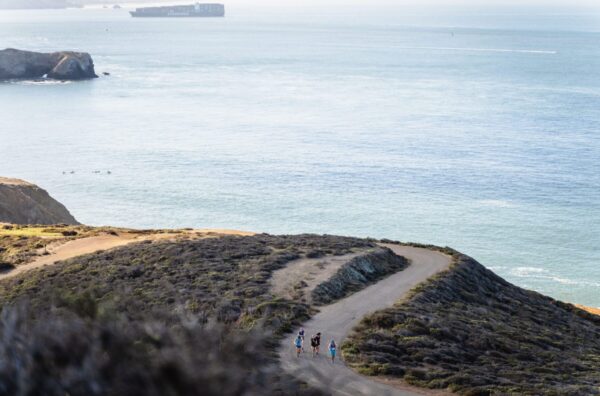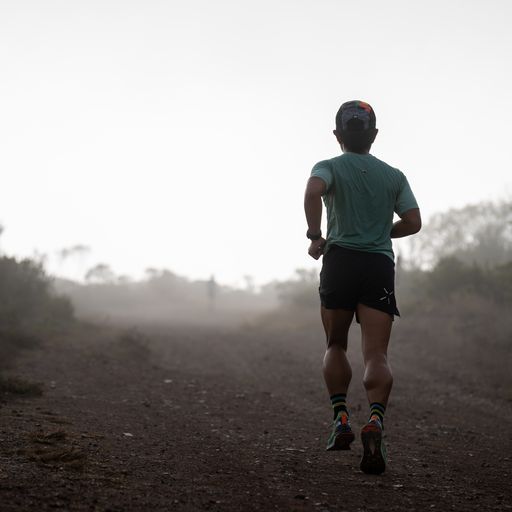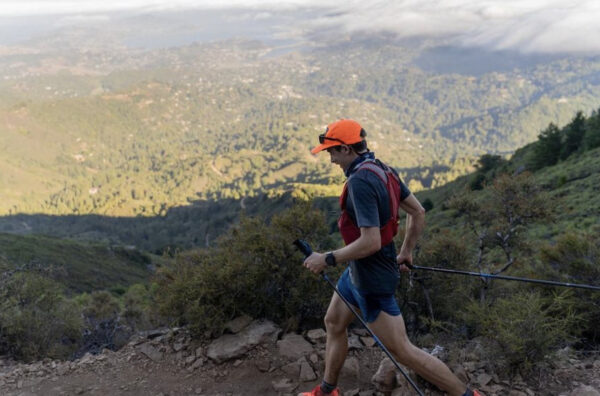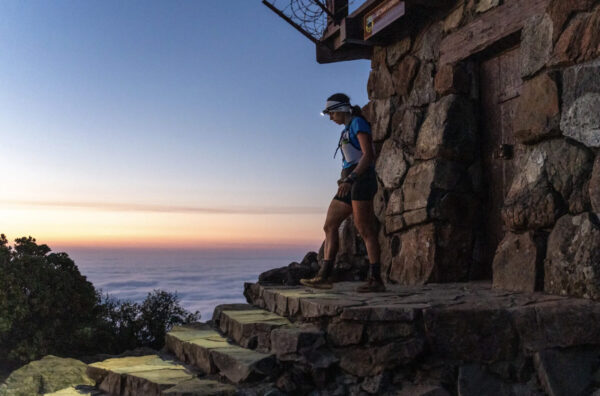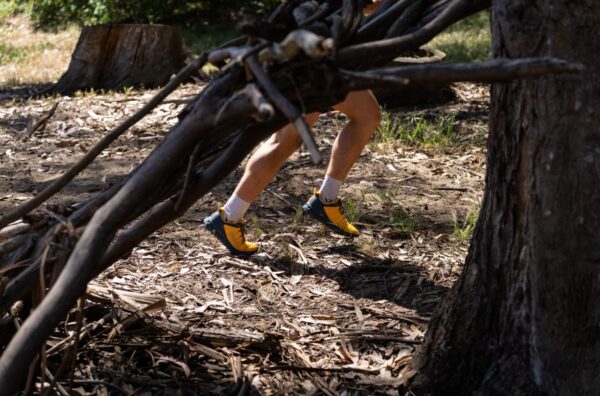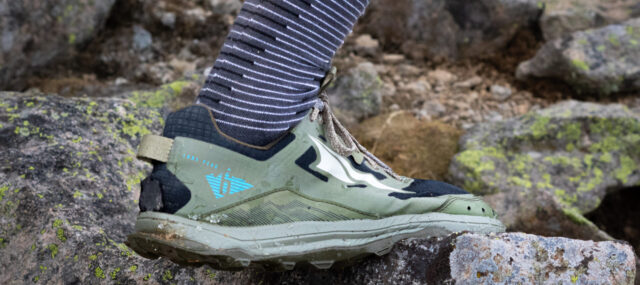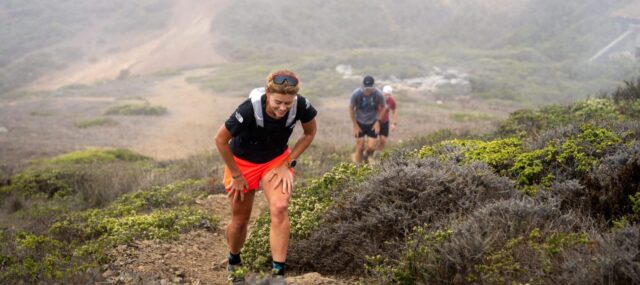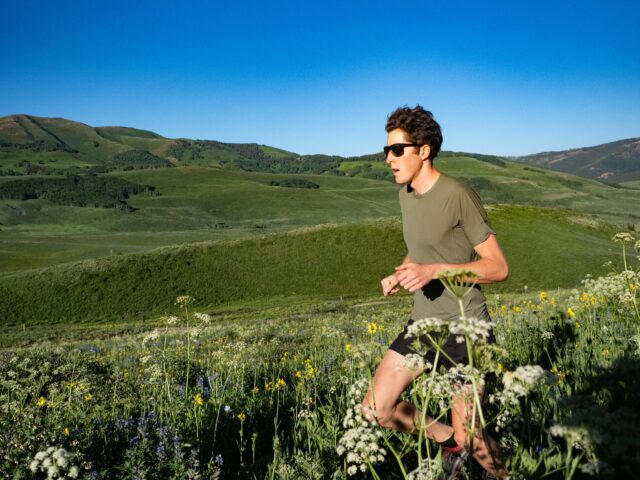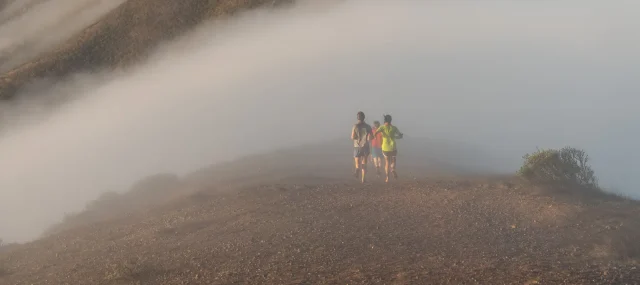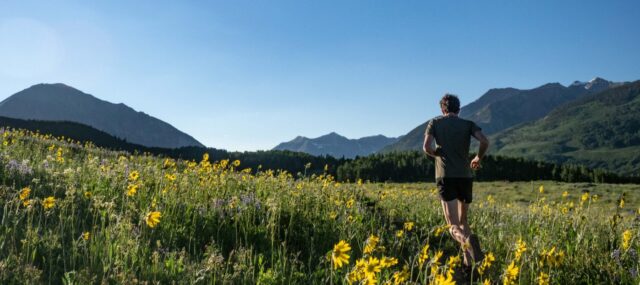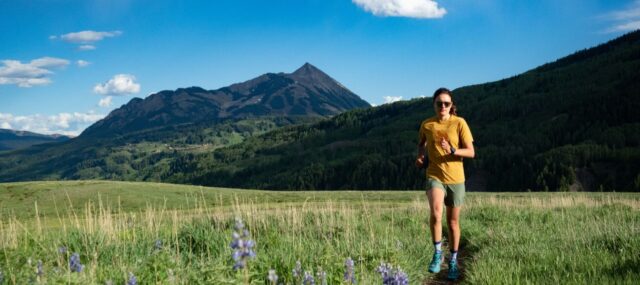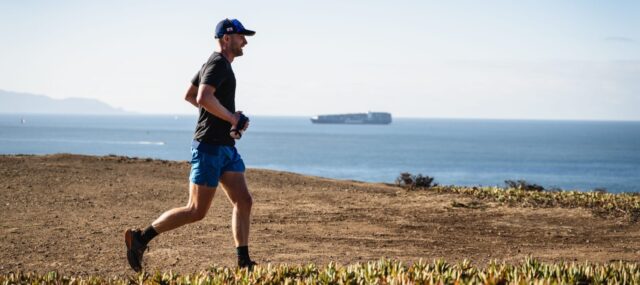Trail Running 101: How to Run While Traveling
While one of running’s virtues is how well it travels, requiring little in the way of gear and possible in just about every type of setting, knowing exactly what to bring and how to safely explore a new place on foot can be daunting. So, in part eleven of our Trail Running 101 series, we put together some best practices for running while on the road (or trail).

